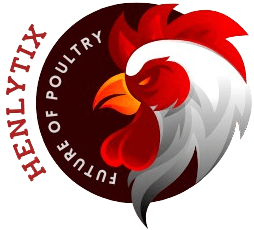When considering a rooster for your flock, it’s easy to imagine a crazed, aggressive bird who might weigh up to 10 pounds and cause a lot of chaos. However, the Bielefelder is a non-aggressive and gentle breed known for its striking appearance and beautiful nature.
Unlike many other roosters, Bielefelders can be a calm and manageable addition to your homestead, offering an appealing presence without the usual aggression. While their egg-laying performance may not be the best and they might be susceptible to leg injuries, they have a few downsides.
Bielefelder Chicken-Short Explanation
The Bielefelder chicken is a dual-purpose breed known for its impressive size, beautiful feather patterns, and gentle temperament. Bielefelder roosters grow to 10-12 pounds, while hens weigh 8-10 pounds, making them an appealing choice for those seeking a calm, family-friendly bird. Although they are rare and come with a higher price and longer waiting period, their egg-laying ability (producing 230-280 eggs per year) and hardiness in various climates make them a great addition to any flock, offering both meat and eggs throughout the year.
Despite these drawbacks, their wonderful qualities still make them a great choice for those looking for a charming companion to raise, particularly if you’re not in it just for egg-laying. Their beauty and gentle nature make them a significant part of any flock, offering a peaceful vibe alongside the necessary duties of raising chickens.
From personal experience, they are the right fit for those who want a balance of pros and cons, making them a great addition to your collection.
History of the Bielefelder Chicken
The Bielefelder chicken is a dual-purpose breed developed in the 1970s by German breeder Gerd Roth. His goal was to create a chicken that combined the best traits of several breeds, including Rhode Island Reds, Wyandottes, New Hampshires, Malines, and Amrocks, with a focus on egg production and meat production.

The breed is known for its hardiness, calm temperament, and easygoing nature, making it easy to manage. The Bielefelder also has attractive looks, which contribute to its popularity. While it was first developed in Germany, this breed has gained traction in the U.S. and is now appreciated by many chicken keepers for its resilient nature and egg-laying ability.
The pronounced Bee-luh-feld-er pronunciation has become synonymous with its great qualities.
Why You Should Consider Having a Rooster
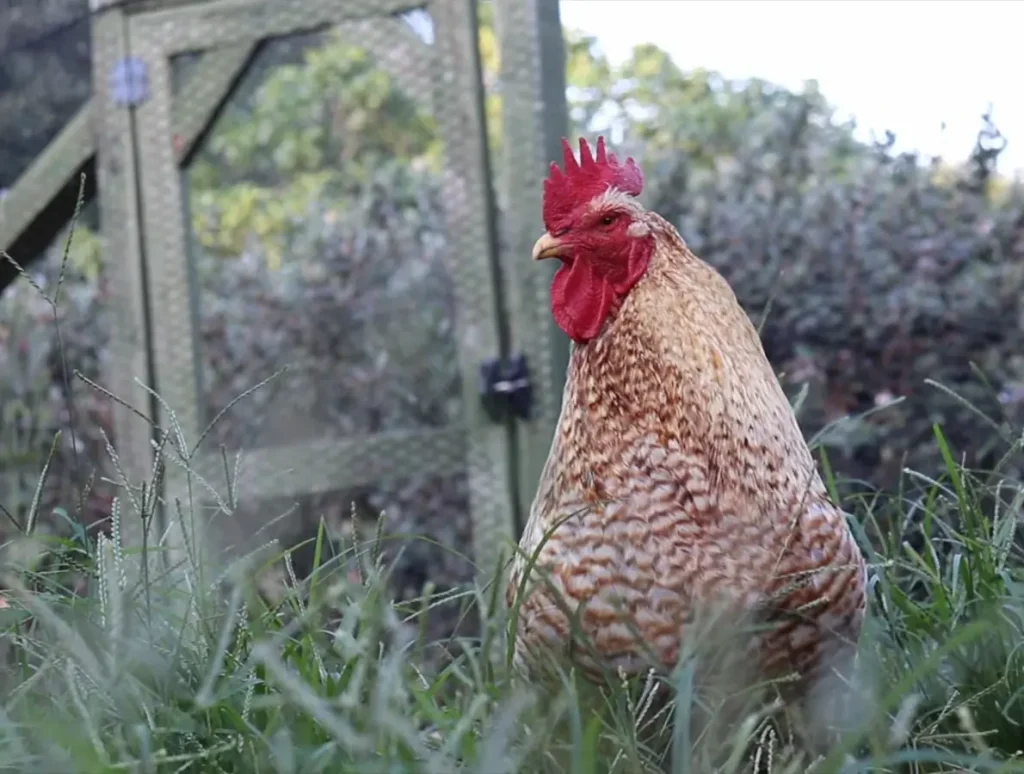
Having a rooster in your flock can bring several benefits, especially in terms of protection. A good rooster is often gentle with the hens during mating, ensuring they are safe and well-cared for. While the rooster is busy helping mating and ensuring the future of your flock, it also plays a key role in keeping the hens calm and secure.
Unlike some more aggressive breeds, the Bielefelder rooster is much more suited for families with adults and children, offering a gentle and calm presence around the coop.
The Bielefelder, developed in Bielefeld, Germany in the 1970s, is often considered the perfect rooster. This breed was created by crossing New Hampshire Reds, Amrocks, Plymouth Barred Rocks, Wyandottes, and a few other chicken breeds. Though not recognized by the American Poultry Association, the Bielefelder is a fantastic bird.

Its striking plumage and beautiful appearance make it stand out in any flock. It is calm and gentle, but while it’s a great addition, it may not be the most vigilant when it comes to protecting the coop. This can become an issue if predators such as a raccoon decide to attack at night.
In a personal experience, we once had two Bielefelder roosters. One night, a raccoon swooped in and killed one of them. The commotion was loud enough to wake us up in the morning, but we realized the rooster didn’t put up much of a fight.
While the Bielefelder is gentle and beautiful, this highlights that it may not always be the most reliable guardian for your flock. Nonetheless, their presence provides beauty, calm, and a sense of security, especially for those who prefer a gentle bird for family-friendly environments.
Physical and Temperamental Attributes of Bielefelders
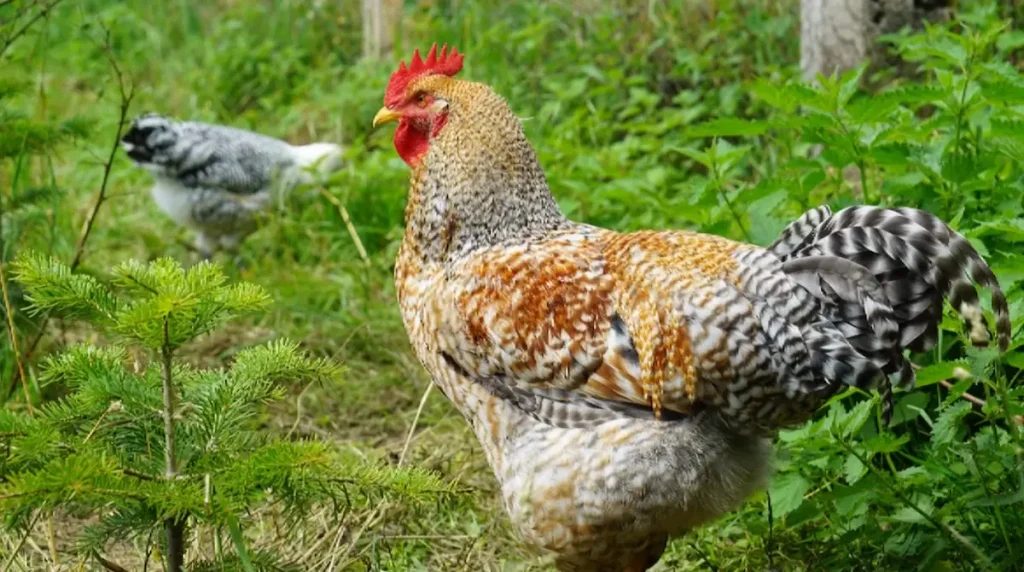
Appearance and Size of the Bielefelder
The Bielefelder, also known as the über huhn or super chicken, stands out due to its impressive size and gorgeous birds appearance. These chickens are larger breed, with hens growing to 8-10 pounds and roosters reaching 10-12 pounds. Their beautiful feather pattern features rich browns, golds, and soft creams, blending together to create a stunning visual.
With their tight-fitting plumage and sleek feathers, they are well-equipped for varying weather conditions, which makes them a great fit for all-season backyard flocks. These birds are not only visually striking but are also strong enough to be used for both egg and meat production.
Unique Features of the Bielefelder
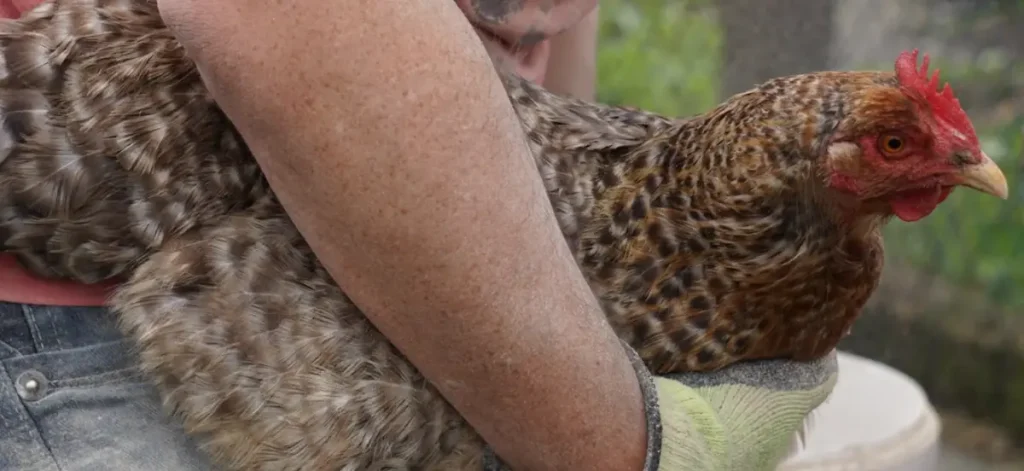
What makes the Bielefelder particularly unique is its autosexing feature. From the moment they hatch, it is easy to distinguish between male chicks and female chicks based on their markings at hatch. Pullet chicks display bold brown chipmunk stripes down their backs, while cockerels have lighter coloring and lack these stripes.
This distinctive chick coloring makes it incredibly convenient for owners. These chickens also feature a classic comb and vibrant red wattles, which pop against their rich feather coloring, adding to their charm.
Temperament and Behavior
When it comes to temperament, Bielefelders are known for their docile and protective nature. They are gentle, making them ideal for families with kids. These chickens are sociable and enjoy interacting with their owners, often seeking them out for attention and treats. Bielefelders are not flighty or aggressive, which is a relief for those who have had trouble with more high-strung chickens in the past.
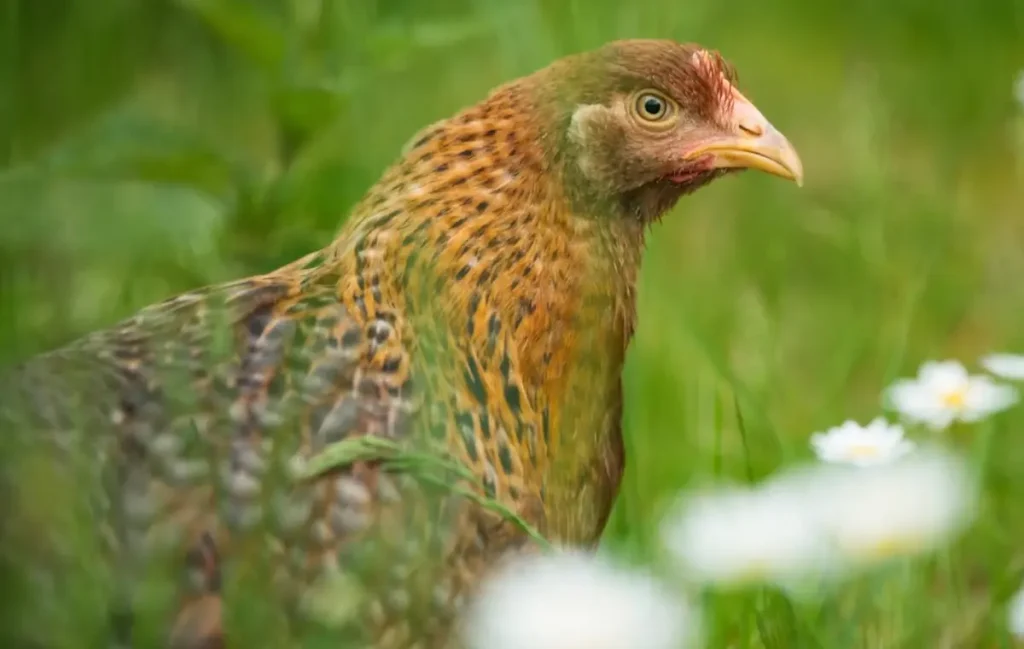
They can be raised in a free-range setup or in confined coops, as they do well in both environments. Their calm disposition also makes them a great fit for existing flocks, as they are not overly dominant or combative with other chickens.
Adaptability to Various Climates
A standout feature of the Bielefelder is its cold-hardy nature. These chickens thrive in a wide range of climates, from subzero winters to hot humid summers. Their tight feathering and robust genetics help them handle cold snaps with ease. At the same time, their laid-back nature prevents them from overheating in warmer months.
In the summer, they will still appreciate some extra shade and ventilation, but overall, they are hardy and well-suited for many different environments, including those in Minnesota, where extreme weather conditions are common.
Why the Bielefelder is the Ideal Chicken Choice
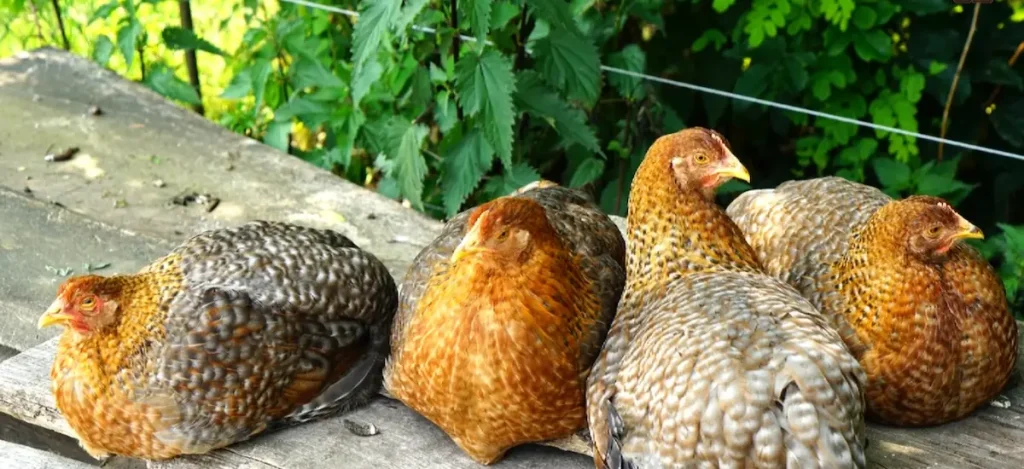
If you’re looking for a chicken breed that can handle a variety of weather conditions, has an appealing look, and a sweet personality, the Bielefelder is an excellent choice. Their impressive size, beautiful feather pattern, and easy-to-sex chicks make them stand out.
Not only do they make great meat and egg producers, but they also have the right temperament for families and can adapt well to many living situations. Whether you’re a beginner or an experienced poultry keeper, the Bielefelder is a great addition to any flock.
Egg-Laying Performance of the Bielefelder Chicken
The Bielefelder chicken is known for its egg production, making it a good choice for small farms and homesteaders. They begin laying at 5-6 months of age and continue to produce 200-250 eggs per year. The eggs are typically medium to large in size, with a rich brown color and strong shells, which make them stand out in the carton.
However, compared to White Leghorns and other established egg-laying breeds, Bielefelders are less prolific and produce relatively small eggs. Despite this, they remain consistent producers, and the eggs they do lay are of great quality.

In addition to being reliable layers, Bielefelders also serve as a solid meat bird due to their larger size and quick growth. Their ability to be a dual-purpose breed makes them ideal for those looking to have both egg production and meat from the same bird.
While they are not the most prolific when it comes to egg count, their second laying season and third laying season still offer a steady supply of brown eggs, averaging about four eggs a week.This makes them a dependable choice for those who aren’t focused on high-volume egg production but appreciate a chicken that offers both meat and eggs throughout the year.
Should You Add Bielefelders to Your Flock?
If you’re looking to add a calm and gentle breed to your flock, the Bielefelder might be the perfect choice. Their gentle demeanor and easy to handle nature make them a favorite, especially around kids. Unlike the more flighty breeds like White Leghorns, Bielefelders tend to stay within their designated area, making them easier to manage.
They also have a calm disposition, which means they integrate well with other chickens, and we’ve found that they get along with newcomers when merging flocks. I’ve personally seen them settle right in, even giving up their roosting space to sleep outside when we introduced new chicks.
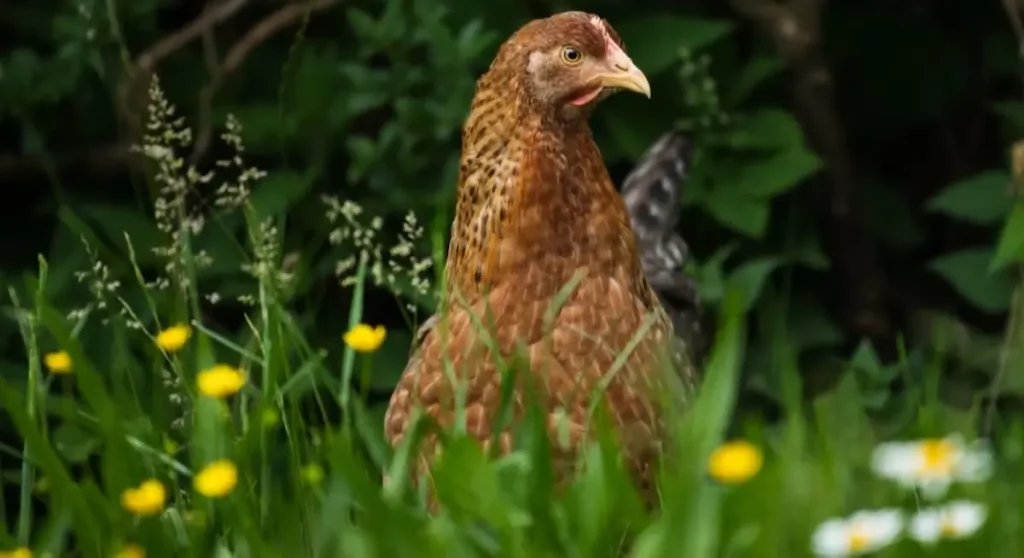
However, while they are a great fit for many flocks, it’s important to note that Bielefelders are not the most prolific egg-layers compared to some other breeds. Their eggs tend to be smaller, and their maturity may take longer, leading to a bit of a gap in egg production.
We initially added a couple of roosters and eight hens from the Tractor Supply Company, and though their pretty plumage made them a visual favorite, they didn’t quite match the egg production of our other chickens. But for those looking for a chicken with a gentle nature and the ability to manage well with others, Bielefelders are a solid choice.
Health and Hardiness of the Bielefelder
The Bielefelder chicken is known for its hardiness and ability to adapt to a variety of weather conditions. They thrive in both hot climates, like central Georgia, and endure the coldest nights thanks to their dense feathering, which helps them stay warm.
Whether it’s the summer heat or cold climates, Bielefelders manage well as long as they have adequate shade, water, and a clean living environment. These birds are relatively low-maintenance, making them a great choice for homesteads looking for a hardy chicken breed.
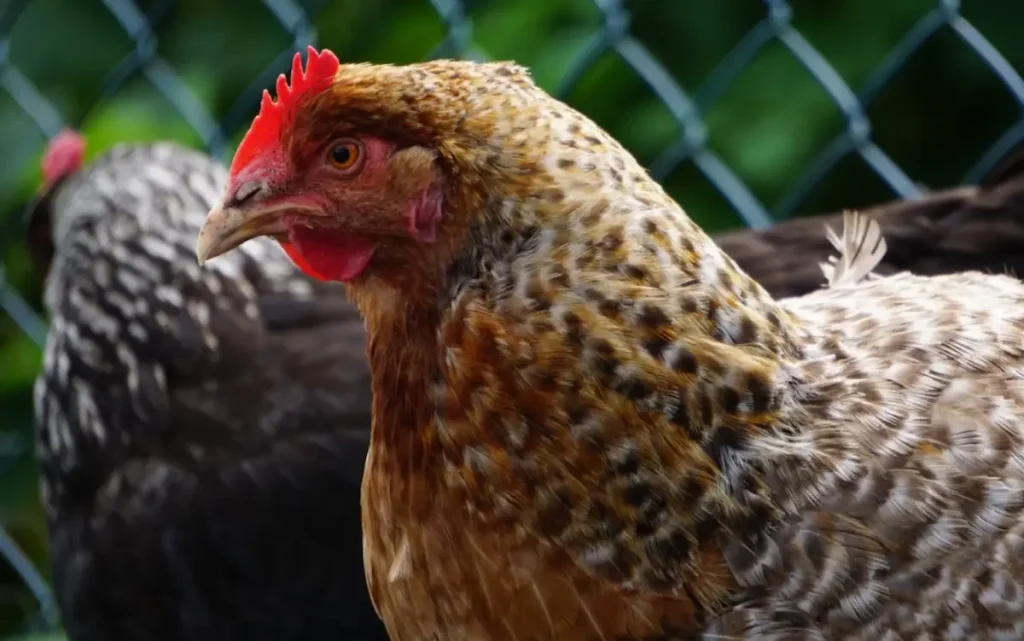
However, their relatively large size can make them susceptible to injuries, especially from jumping off high roosting bars. It’s important to keep roosting bars lower to prevent injuring legs.
Despite this, Bielefelders have shown minimal health issues overall. They are resistant to common poultry diseases and don’t show signs of frostbite even in the harshest winters. Regular health checks and maintaining a well-being focused environment can help ensure these chickens remain healthy and productive.
Where to Find Bielefelder Chickens
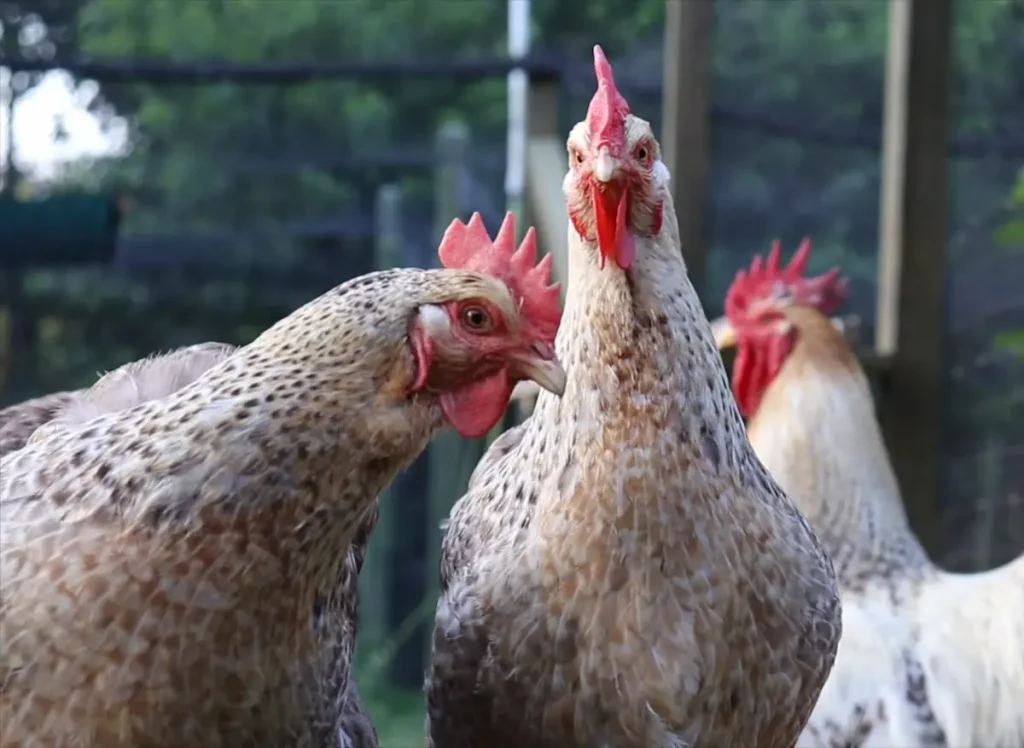
If you’re looking to add Bielefelder chickens to your flock, they are increasingly available in the United States. While you may not find them at your local feed store, you can order them from farm stores or places like Rural King. For a great selection, McMurray Hatchery offers a variety of breeds and provides excellent service. Since Bielefelders are still considered rare, expect to pay a higher price and wait a little longer for them to arrive, but they are worth the wait.
Practical Considerations for Raising Bielefelder Chickens
If you’re a homesteader looking for a dual-purpose breed, Bielefelders are an excellent choice. They are great for both meat and eggs, making them a valuable addition to any homestead. These chickens have large size and meat quality, producing flavorful meat that rivals classic meat birds like Freedom Rangers.
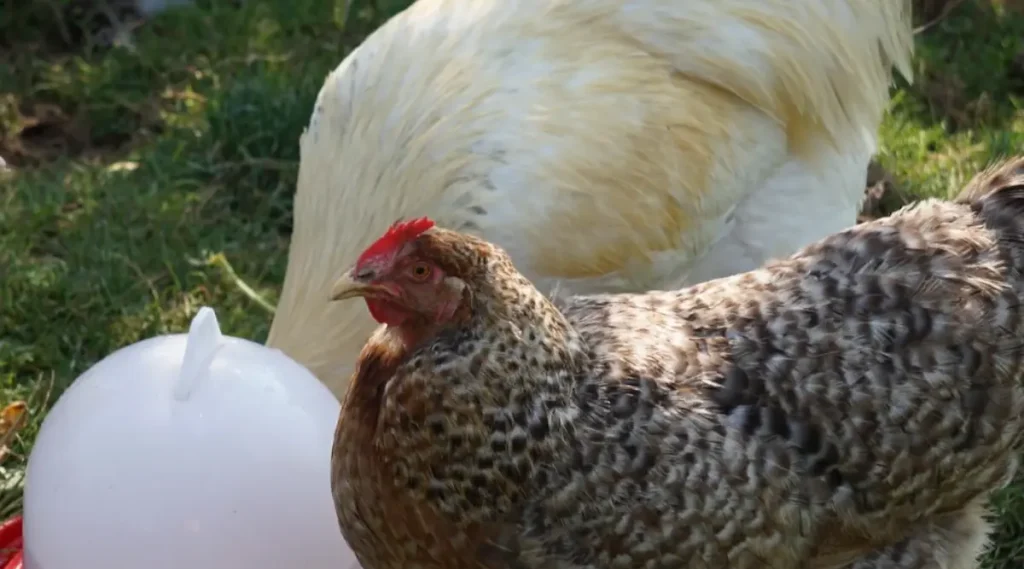
One of the advantages of the Bielefelder is that they are not prone to escaping, unlike breeds like Leghorns or Black Stars that are known to fly over fences. While they are generally easy to manage, be mindful of potential leg injuries from high roosting bars, which is a concern when raising chickens.
Overall, the poultry benefits of Bielefelders make them a great choice for anyone looking to diversify their flock while maintaining a well-ordered flock.
Frequently Asked Questions
Are Bielefelder Chickens Good Egg Layers?
Bielefelder chickens are reliable layers, producing 200 to 250 medium to large brown eggs each year. These hens continue to lay even in the colder months, unlike other breeds that tend to slow down. Their consistent egg production makes them a great choice for anyone looking for dependable egg layers.
How Big Do Bielefelder Chicken Roosters Get?
Bielefelder roosters grow to 10-12 pounds, making them gorgeous and impressive birds. Hens typically weigh 8-10 pounds, still large but slightly smaller. If you’re looking to choose a breed with size and beauty, the Bielefelder is an excellent option.
Are Bielefelder Chickens Rare?
Bielefelder chickens are rare and often come with a higher price and longer waiting period. Their unique qualities make them worth the wait for many chicken keepers.
How Many Eggs Do Bielefelder Chickens Lay Per Year?
Bielefelders lay between 230 and 280 eggs per year. These hens produce large, brown or chocolate brown eggs with pink undertones and lay all year long.
Conclusion:
Bielefelder chickens are an exceptional choice for those seeking a calm, gentle, and visually stunning breed. Known for their hardiness, these birds thrive in various climates and offer both meat and egg production, making them ideal for homesteads.
While they may not be the most prolific egg-layers, their unique qualities, including autosexing chicks and impressive size, make them a valuable addition to any flock. Despite some drawbacks like potential leg injuries, their friendly demeanor and beautiful appearance make them a great choice for families and poultry enthusiasts alike.
